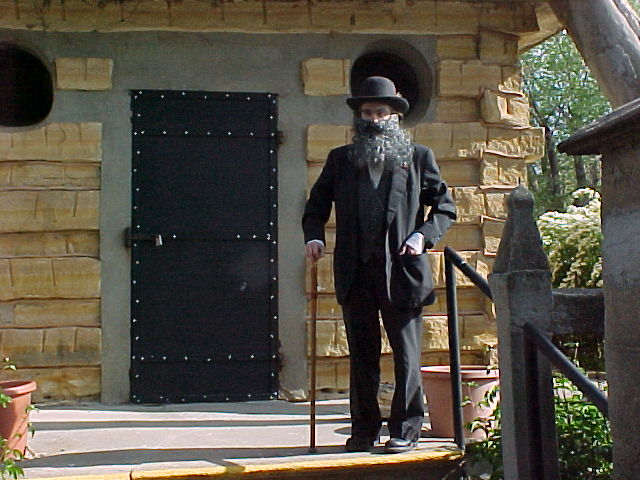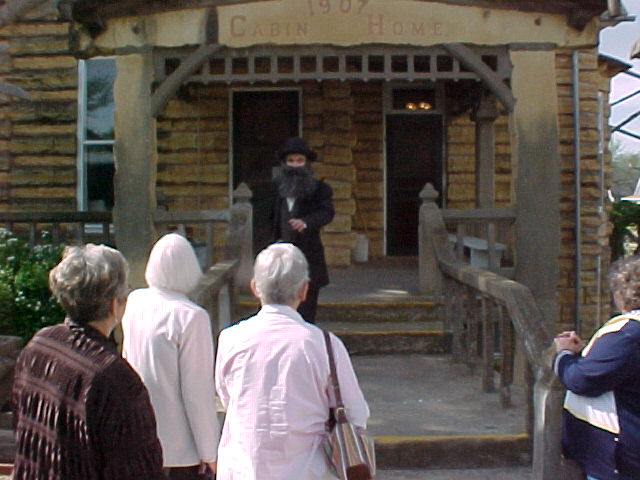
Memory Box Projects

compiled as a part of World's Largest Things educational division
Paul Siewald creates mini-narratives in enclosed spaces - using cast-offs (broken, discarded items) he assembles them into dioramas, utilizing elements of design like pattern, repitition, juxtoposition, contrast, and form and placement.
You can create your own mini-memory box, from parts and pieces collecting in your junk drawer!

Supplies Needed
A sturdy shoebox or similar enclosure - this will be your container for your narrative.
Parts and Pieces - old broken toys, small objects, paper clips, anything at all can be used as your narritive.
Glue, String, Paint - to put it all together
Using your narrative container, arrange your assorted small things inside. Often, its better to gather a bunch of supplies in a common pile, and pick and choose what objects best suit your 'theme'. Remember, sharing will make EVERYONEs project better!
Try a multitude of arrangements - think about how the story moves through the space. Are there figures in your piece? How are they seeming to interact with each other? Are there more than one of a certain 'thing'? How can you use that same item in different ways to show time? Or change?
Painting complex pieces one color will lend uniformity. Using lots of color creates excitement. Using only one color can creaty unity. Think about how the colors of the object affect the 'theme' of your piece.
Pay attention to the viewer - since you're creating within a box, there's only one vantage point. Can you direct the viewers eye along a path, using elements in your 3D narrative?
When the projects are completed, another classroom activity centers on interpretation.
Interpretation Exercise
Trade Memory Boxes with someone.
Don't tell the other person what you were trying to say in your narrative.
Write a story based on their memory box, and have them do the same with yours.
After your stories are written, present your memory box to the class, have your partner tell their interpretation of your memory box, and then tell everyone what your intention or theme actually was.
There are no wrong answers: everyone interprets things in a different way.
This is a good exercise to illustrate the differences we bring to art - all interpretations are different, all are valid, and art sparks something different in each and every one of us.
Memory Boxes resources
For workshops, class visits, or more information feel free to contact us:
World's Largest Things, Inc.
Erika, creator and curator
PO Box 101
Lucas KS 67648
info@worldslargestthings.com
More lesson plans:
| Grapefruit People | | World's Largest Things | | Art Cars | | Gum Portraits | | Lesson Plans Home |
| Home | | Souvenirs | | What's New | | About Us | | What's Large Where | | Weekly Column | | Become a Member |
all content copyright World's Largest Things, Inc. 2002 - 2006